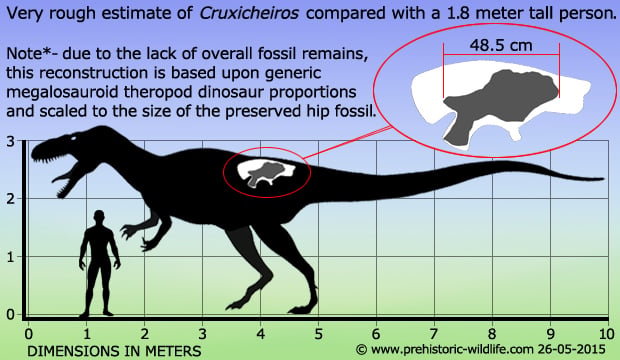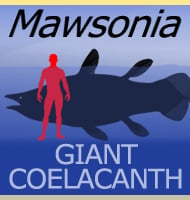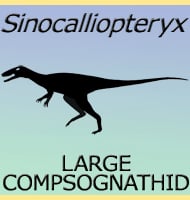In Depth
Fossils of Cruxicheiros were first discovered in 1960 when they were discovered in the Cross Hand Quarry of Warwickshire, which as you have no doubt already realised is the inspiration for the name Cruxicheiros which means ‘Cross Hand’. At the time the fossils were just lumped in with Megalosaurus, which has for a long time been used as a wastebasket for any large theropod dinosaur remains discovered in England. When the fossils were finally given a proper and in depth examination, the result was that they were found to be different to known similar remains of Megalosaurus, and so they were given their own genus in 2010.
Unfortunately we still don’t know too much about Cruxicheiros, what parts are known are very incomplete, and so leading to three theories as to what kind of theropod Cruxicheiros was. First is that Cruxicheiros was a megalosauroid and relative to Megalosaurus, which would fit given what we currently know about other theropods around Western Europe during the same time period. The second is that Cruxicheiros might represent a primitive allosauroid, and possible relative to Allosaurus. Third is that Cruxicheiros is none of the above and the genus represents a hitherto unknown theropod.
Further Reading
- A new large-bodied theropod dinosaur from the Middle Jurassic of Warwickshire, United Kingdom. - Acta Palaeontologica Polonica 55(1):35-42. - R. B. J. Benson & J. D. Radley - 2010.










